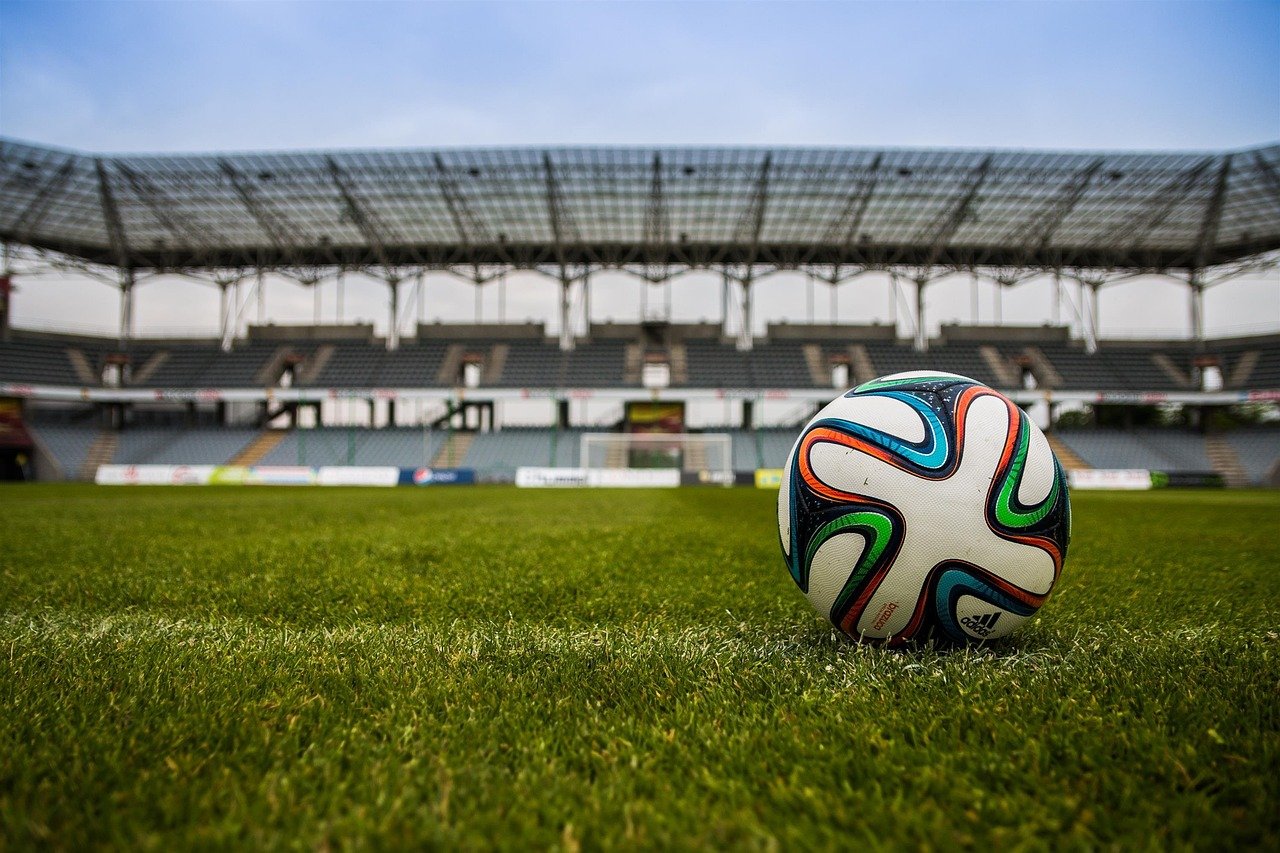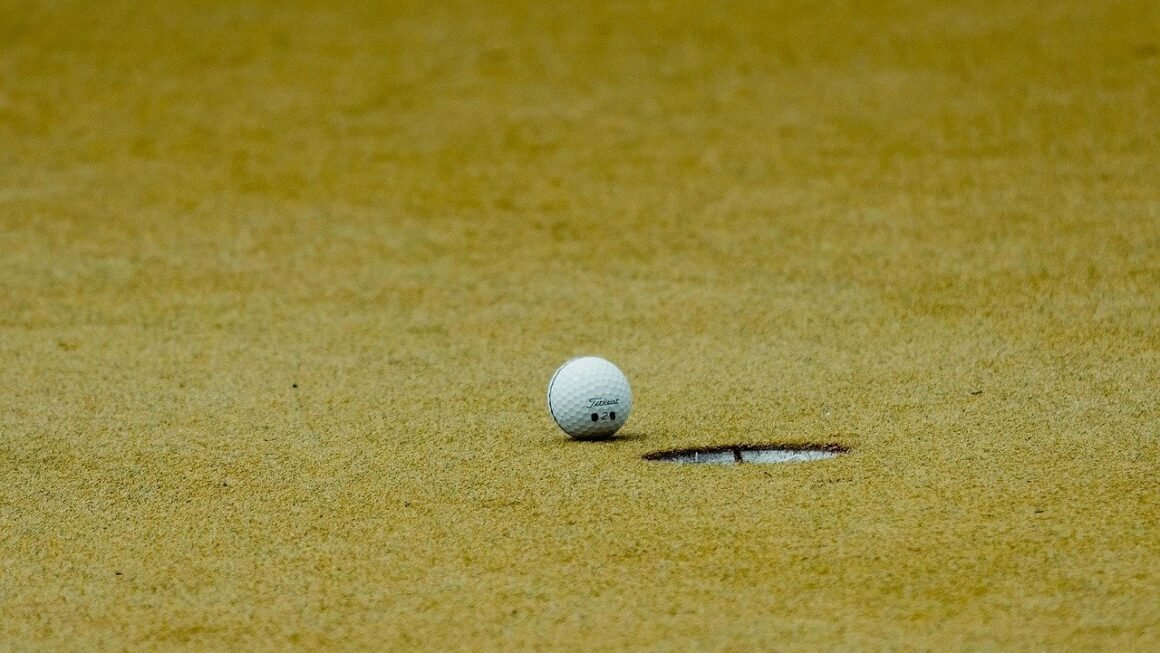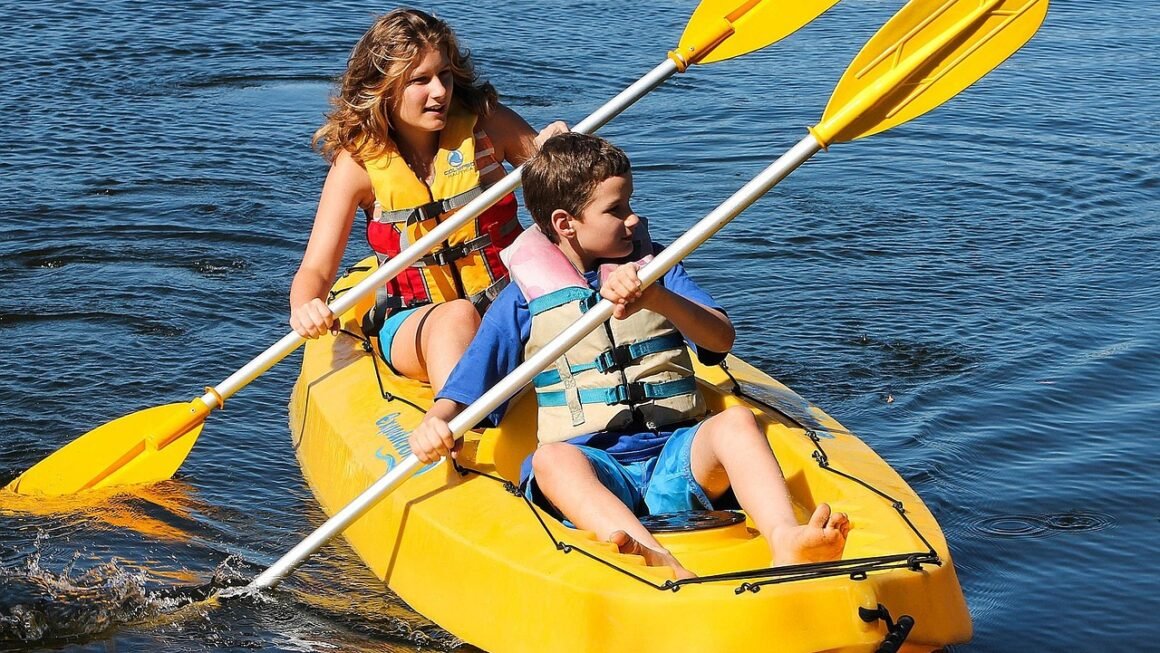Karate. The word alone conjures images of focused individuals, delivering precise strikes and blocks. But karate is so much more than just a martial art; it’s a way of life, fostering discipline, respect, and unwavering self-confidence. From its historical roots to its modern-day practice, karate offers a wealth of benefits for practitioners of all ages and abilities. This comprehensive guide will delve into the world of karate, exploring its history, techniques, benefits, and how to get started.
The History and Origins of Karate
Karate, meaning “empty hand” in Japanese, boasts a rich and fascinating history, evolving over centuries from various martial arts traditions. Understanding its roots provides a deeper appreciation for its principles and techniques.
Early Influences and Development
- Okinawa’s Role: Karate’s origins can be traced to the Ryukyu Kingdom (modern-day Okinawa, Japan). Indigenous fighting methods, known as “te,” were practiced on the island.
- Chinese Influence: Extensive trade and cultural exchange with China led to the introduction of Chinese martial arts, particularly those practiced in the Fujian province, which significantly influenced Okinawan “te.” These styles were often called “Tode” (唐手), meaning “Chinese hand.”
- Forbidden Practice: During periods of Japanese occupation, the Okinawan people were banned from carrying weapons. This likely spurred the development and refinement of unarmed combat techniques, solidifying the importance of “te.”
The Birth of Modern Karate
- Gichin Funakoshi: The Father of Modern Karate: Funakoshi is credited with popularizing karate in mainland Japan in the early 20th century. He adapted Okinawan karate, emphasizing its philosophical aspects and developing a more standardized system.
- Shotokan Style: Funakoshi founded the Shotokan style, characterized by strong stances and linear movements. His dojo was named “Shotokan,” meaning “house of Shoto” (Shoto being Funakoshi’s pen name).
- The Rise of Other Styles: Following Funakoshi’s lead, other prominent karate masters introduced their own variations and styles, leading to the diverse landscape of karate we see today. Examples include Goju-ryu, Wado-ryu, and Shito-ryu.
Key Principles and Techniques in Karate
Karate is based on a foundation of fundamental principles and techniques designed to maximize efficiency and power.
The Core Elements of Karate Training
- Kihon (Basics): The foundation of all karate training. Kihon involves the repetitive practice of fundamental stances, punches, kicks, blocks, and strikes. For example, practicing the straight punch (oi tsuki) repeatedly to perfect form and power generation.
- Kata (Forms): Prearranged sequences of movements that simulate combat situations. Kata teaches proper technique, balance, coordination, and focus. Each kata has a specific name and represents a specific set of defensive and offensive maneuvers. The Heian (Pinan) series are common introductory kata.
- Kumite (Sparring): Controlled practice of fighting techniques with a partner. Kumite allows students to apply their kihon and kata knowledge in a dynamic environment, improving their timing, reflexes, and strategy. There are various types of kumite, from prearranged (yakusoku kumite) to free sparring (jiyu kumite).
Essential Stances, Blocks, and Strikes
- Stances (Dachi): Provide a stable base for generating power and maintaining balance. Common stances include:
Zenkutsu Dachi (Forward Stance): Used for powerful attacks and forward movement.
Kokutsu Dachi (Back Stance): Used for defense and evasive maneuvers.
Kiba Dachi (Horse Stance): Used for developing leg strength and stability.
- Blocks (Uke): Used to deflect or redirect attacks. Examples include:
Age Uke (Rising Block): Protects against head-level attacks.
Soto Uke (Outside Block): Deflects attacks aimed at the body.
Gedan Barai (Downward Block): Blocks low attacks.
- Strikes (Tsuki and Uchi): Used to deliver offensive blows. Important strikes include:
Oi Tsuki (Straight Punch): A fundamental and powerful punching technique.
Gyaku Tsuki (Reverse Punch): A punch delivered from the opposite side of the body, generating significant power.
Shuto Uchi (Knife-Hand Strike): A cutting strike using the edge of the hand.
- Kicks (Geri): Powerful leg techniques used for offensive and defensive purposes.
Mae Geri (Front Kick): A direct and powerful kick to the body or face.
Mawashi Geri (Roundhouse Kick): A circular kick targeting the body or head.
Yoko Geri (Side Kick): A powerful linear kick delivered from the side.
The Physical and Mental Benefits of Karate
Karate provides a wide range of benefits that extend beyond physical fitness. It’s a holistic practice that enhances mental well-being, self-discipline, and overall quality of life.
Physical Fitness and Conditioning
- Improved Cardiovascular Health: Regular karate training involves intense physical activity that strengthens the heart and lungs.
- Increased Strength and Endurance: Practicing stances, blocks, and strikes builds strength in the arms, legs, and core.
- Enhanced Flexibility and Coordination: The dynamic movements in karate improve flexibility, balance, and coordination.
- Weight Management: Karate training can help burn calories and build muscle mass, contributing to weight loss or maintenance. A study published in the “Journal of Sports Science & Medicine” found that martial arts training can significantly reduce body fat percentage.
Mental Discipline and Self-Confidence
- Increased Focus and Concentration: The disciplined nature of karate training requires intense focus and concentration, improving cognitive function.
- Improved Self-Discipline: Karate instills a strong sense of self-discipline, which can be applied to all aspects of life.
- Enhanced Self-Confidence: Mastering new techniques and overcoming challenges in karate boosts self-esteem and confidence.
- Stress Reduction: The physical exertion and mental focus required in karate can help reduce stress and anxiety. The meditative aspects of kata can be particularly beneficial for stress management.
Self-Defense and Personal Safety
- Practical Self-Defense Skills: Karate provides practical self-defense skills that can be used to protect oneself in dangerous situations.
- Increased Awareness and Assertiveness: Karate training enhances awareness of one’s surroundings and teaches assertive communication skills, reducing the likelihood of becoming a target.
- Improved Reaction Time: Sparring and drills in karate improve reaction time and decision-making skills under pressure.
Getting Started with Karate
Embarking on your karate journey is an exciting step towards improving your physical and mental well-being. Here’s how to get started.
Choosing the Right Style and Dojo
- Research Different Styles: Explore the various karate styles, such as Shotokan, Goju-ryu, Wado-ryu, and Shito-ryu, to find one that aligns with your goals and preferences.
- Visit Local Dojos: Visit several dojos in your area to observe classes, meet the instructors, and assess the training environment.
- Consider the Instructor’s Qualifications: Ensure that the instructor is experienced, qualified, and has a positive teaching approach. Look for instructors certified by recognized karate organizations.
- Evaluate the Dojo’s Atmosphere: Choose a dojo with a supportive and respectful atmosphere where you feel comfortable and motivated to learn.
What to Expect in Your First Class
- Introduction to Basic Concepts: Your first class will likely involve an introduction to basic stances, blocks, and strikes.
- Warm-up and Stretching: Prepare for a thorough warm-up and stretching session to prevent injuries.
- Respect and Etiquette: Be prepared to learn about the dojo’s rules and etiquette, which emphasize respect for the instructor, fellow students, and the art of karate. Bowing (rei) is a common practice.
- Wear Appropriate Attire: Wear comfortable clothing that allows for freedom of movement. You may need to purchase a gi (karate uniform) later on.
Essential Equipment and Gear
- Gi (Karate Uniform): A traditional uniform worn during training.
- Belt (Obi): Indicates your rank and level of proficiency.
- Protective Gear (Optional): Some dojos may require or recommend protective gear, such as mouthguards, shin guards, and gloves, especially for sparring.
Conclusion
Karate is more than just a martial art; it’s a comprehensive system that cultivates physical fitness, mental discipline, and self-defense skills. From its humble origins in Okinawa to its global popularity today, karate continues to empower individuals of all ages and backgrounds. Whether you seek physical conditioning, self-confidence, or a deeper understanding of martial arts principles, karate offers a rewarding and transformative journey. So, take the first step, find a reputable dojo, and unlock your potential through the art of the empty hand.



